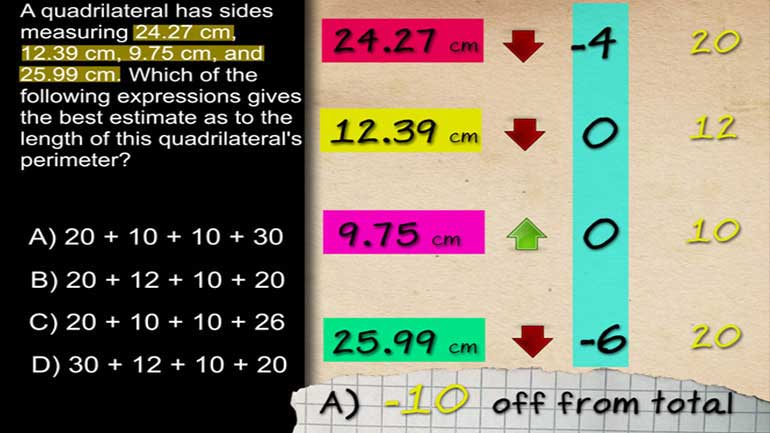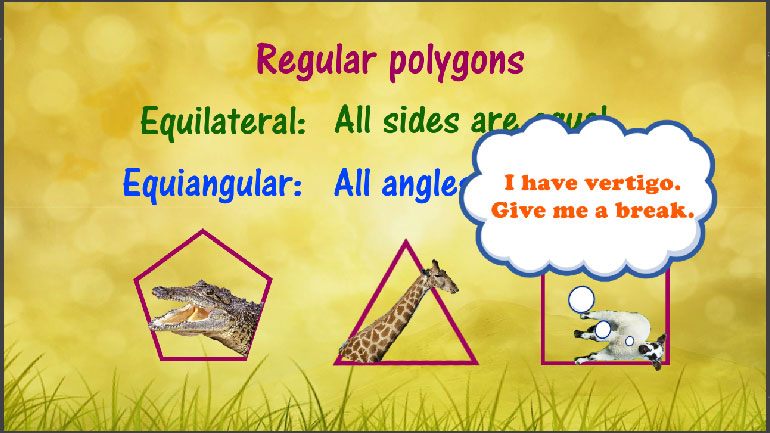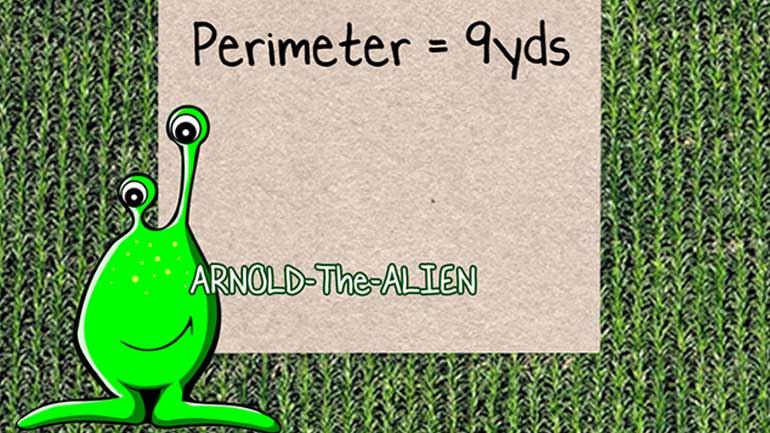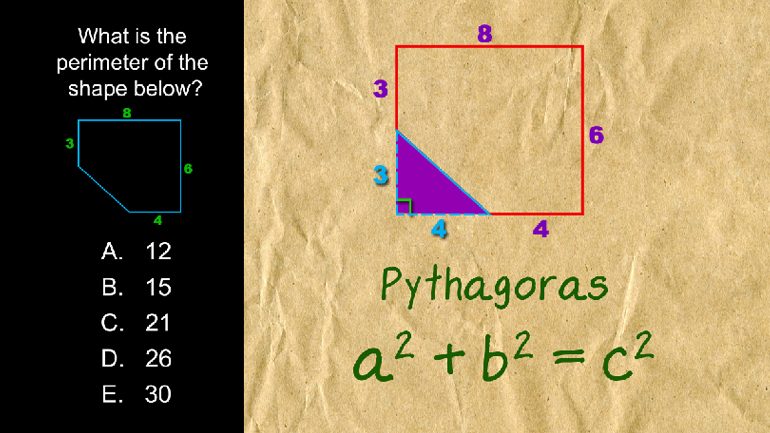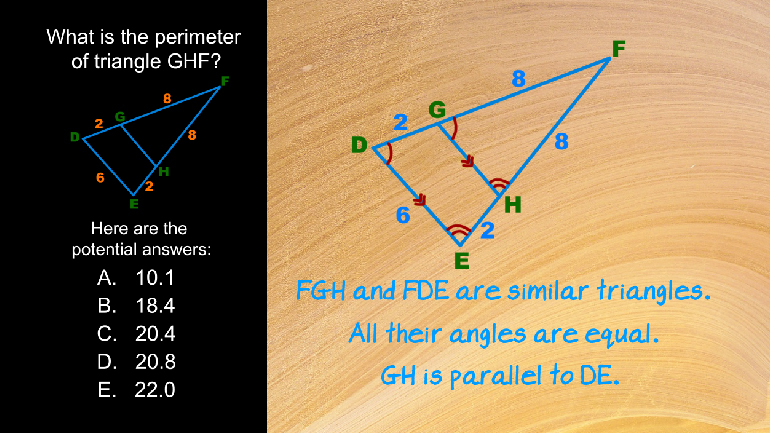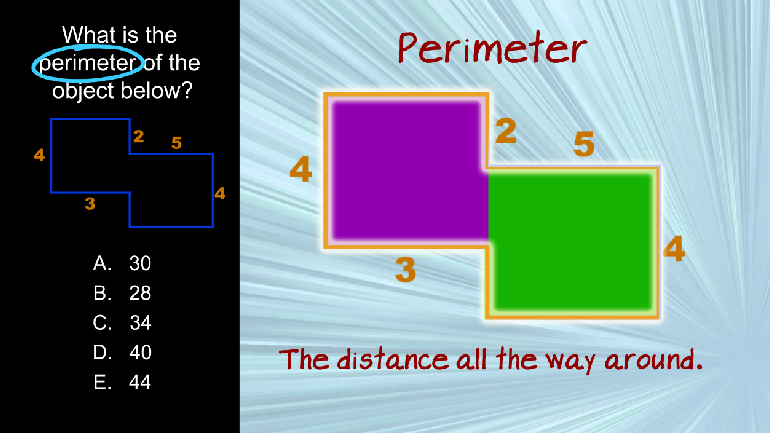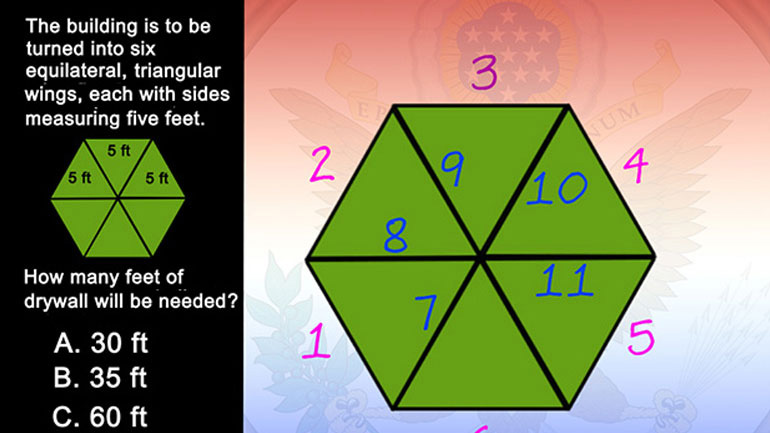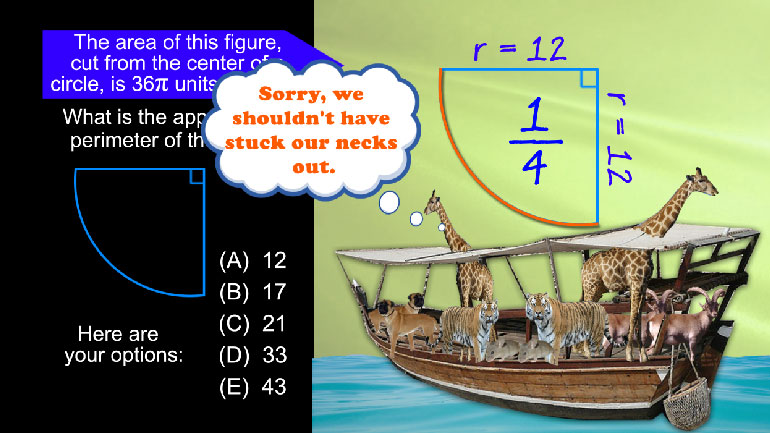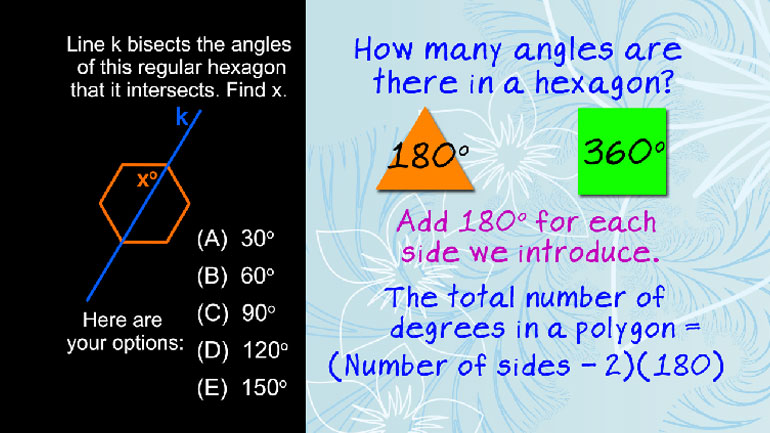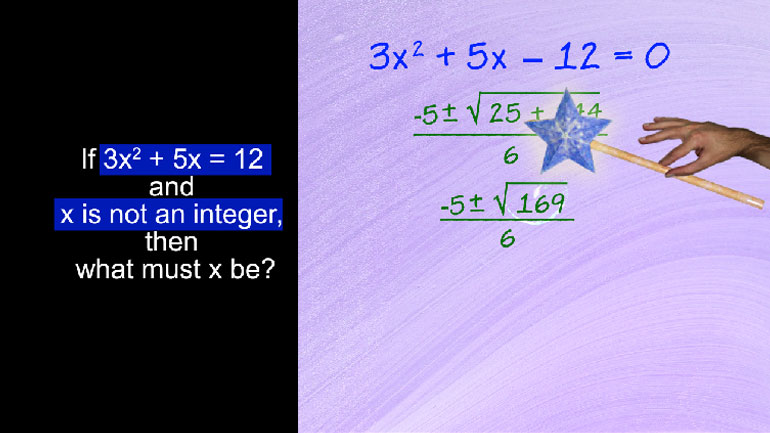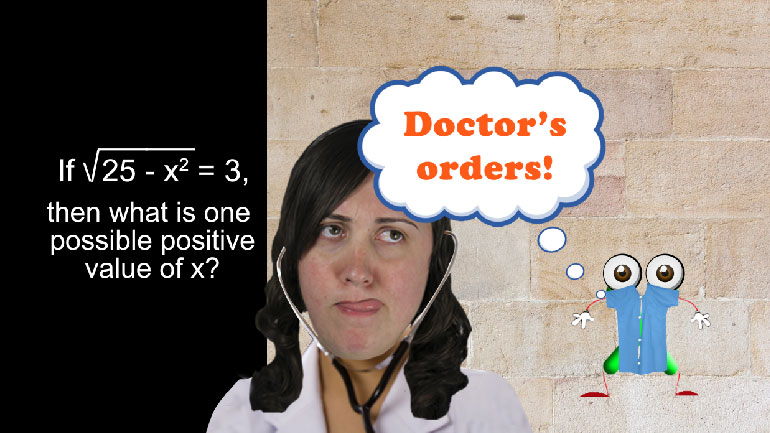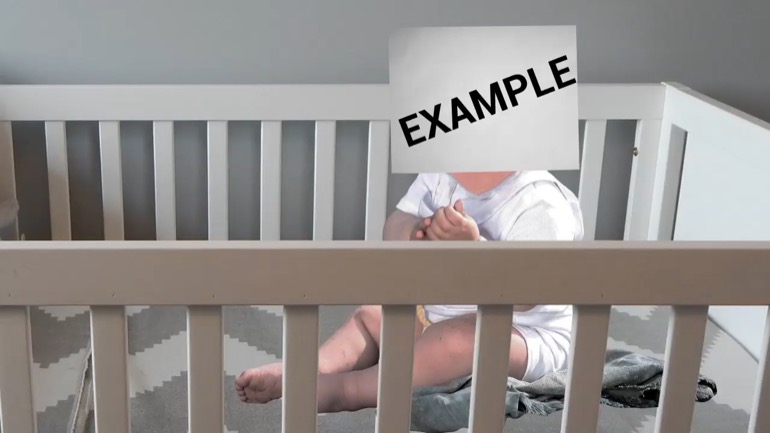ShmoopTube
Where Monty Python meets your 10th grade teacher.
Search Thousands of Shmoop Videos
Playlist Polygons 22 videos
We inscribed some angles on the walls of our office, but our boss got mad, so we made this video instead.
Rectangles just love to have perimeters. And we just love to measure them.
CAHSEE Math: Mathematical Reasoning Drill 3, Problem 4. Which of the expressions gives the best estimate as to the length of this quadrilateral's p...
SAT Math 7.3 Geometry and Measurement 183 Views
Share It!
Description:
SAT Math 7.3 Geometry and Measurement
Transcript
- 00:02
Here’s your shmoop du jour, brought to you by squares within squares.
- 00:07
It’s like a spiraling S’more vortex.
- 00:10
ABCD is a square.
- 00:12
Points A prime, B prime, C prime, and D prime are constructed by translating the points
- 00:17
A, B, C and D over two-thirds the length of the side.
Full Transcript
- 00:23
If the perimeter of A prime B prime C prime D prime is
- 00:28
8 times the square root of 5, what is the perimeter of ABCD?
- 00:33
Here are the potential answers...
- 00:37
We’ve got one square – ABCD. Inside that square, we’ve got a slightly smaller one…
- 00:43
that we’ve created by plunking down four new points along the first square’s edges.
- 00:48
There are really only two juicy bits of information we’re given.
- 00:52
First, that the new points, which we call “prime,” are translated from their original
- 00:58
locations 2/3 of the way along each side.
- 01:01
And second, that the perimeter of that inner circle is 8 square root of 5.
- 01:07
All righty…the easiest piece to extrapolate is the perimeter of the inner square.
- 01:12
We know that square has 4 equal sides…so if the total perimeter is 8 square root of
- 01:17
5, then the length of each side must be exactly 1/4 of that…or 2 square root of 5.
- 01:23
The next thing we should notice is that our inner square has magically created some triangles…
- 01:29
We’re not given any measurements for the outer square, but we can always call one
- 01:33
side “x”, so… let’s do that.
- 01:36
Because we’re told where all those “prime” points are, we know that one side of our triangle
- 01:40
is going to be 1/3x and the other side is going to be 2/3x.
- 01:44
We now have ways to reference all three sides of one of our triangles.
- 01:48
So…let’s Pythagorize ‘em…
- 01:50
1/3x squared plus 2/3x squared equals 2 square root of 5 squared.
- 01:57
We get 1/9x squared plus 4/9x squared equals 4 times 5.
- 02:02
Simplifying further, 5/9x squared equals 20.
- 02:07
We can now multiply both sides by 9 to get 5x squared equals 180…
- 02:11
…and then divide both sides by 5 to get x squared equals 36.
- 02:15
Last step – take the square root of both sides, and x equals 6.
- 02:19
Now…be careful – that’s only the length of one side, and we’re looking for the entire perimeter.
- 02:25
So…just multiply that 6 by 4 and we get there. The answer is 24 or E. Done.
Related Videos
SAT Math 2.1 Geometry and Measurement. What is the measure of angle z in terms of x and y?
In 2014, the unemployment rate of one county in California was 7%. In another county, the unemployment rate was 11%. Which of the following express...
Angela is making cookies for a bake sale. She expects each batch of her cookies to sell for $40. It costs her $10 to make one batch of cookies, and...


